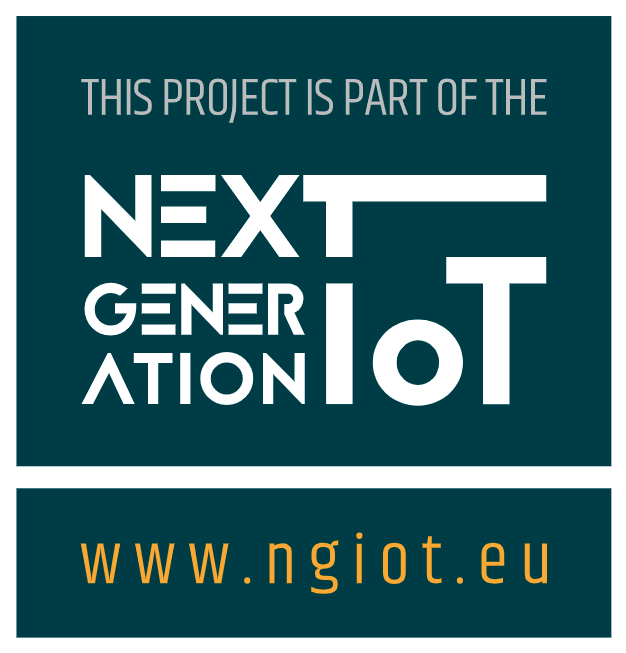
Architecture
iNGENIOUS aims to design and evaluate the Next-Generation IoT (NG-IoT) solution, with emphasis on 5G and the development of Edge and Cloud computing extensions for IoT, as well as providing smart networking and data management solutions with Artificial Intelligence and Machine Learning (AI/ML)
The project embraces the 5G Infrastructure Association (5G IA) and Alliance for Internet of Things Innovation (AIOTI) vision for empowering smart manufacturing and smart mobility verticals.
iNGENIOUS offers new B5G-IoT solutions, using innovative 5G systems at both New Radio (NR) and 5G Core (5GC) for enabling the enhanced Mobile Broadband (eMBB) and Ultra-reliable and Low-latency Communications (URLLC) capabilities, with special focus on supply chain use cases:
- Massive IoT: Density ≤ 1.4M UE/km2, 12 years battery, GEO
- Broadband -IoT: Bandwidth: 10-100 Mbps
- Industrial IoT: Synchronization ≤ 350 ns, Reliability ≥ 99.9999%, Latency < 10 ms
AI/ML technologies are being exploited across all iNGENIOUS architectural layers (i.e. from neuromorphic sensor level to smarter applications passing through network automation enablers) as well as enabling semantic and syntactic interoperability of the heterogeneous Machine-to-Machine (M2M) platforms and at higher Distributed Ledger Technology (DLT) solutions deployed in the supply chain market.
iNGENIOUS incorporates a holistic security architecture for next-generation IoT built on neuromorphic sensors with security governed by AI algorithms and tile-based hardware architectures based on security by design and isolation by default (enforced by Trusted Communication Units (TCUs)). In the application layer, new AI mechanisms will allow for more precise predictions than conventional systems.
The project will culminate in 4 large-scale Proof of Concepts (PoCs) and 3 demos, covering 1 factory, 2 ports, and 1 ship, encompassing 6 use cases:
Automated robots with heterogeneous networks
Improved driver’s safety with Mixed Reality and haptic solutions
Transportation platforms health monitoring
Inter-modal asset tracking via IoT and satellite technology
Situational understanding and predictive models in smart logistics
Supply chain ecosystem integration



